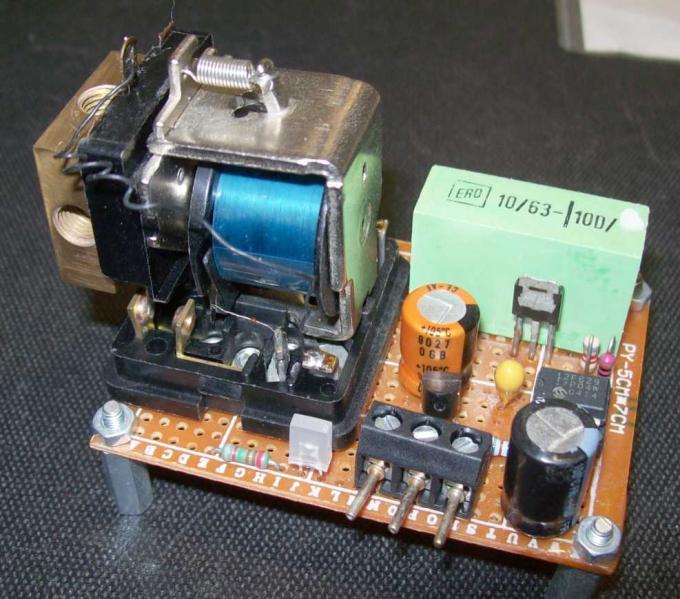Today I'm going to take a closer look at the various resonances of my piezo.
Parallel I made an electromechanical representation of Gerard's pendulum. A microcontroller measures the closing time of a relay connected to a seismic mass with a linear increase in relay current. The supply is 24V and the output is PWM.

The sensor works without any problems and is interference-free. However, I don't yet know whether the sensitivity is sufficient. Maybe I really need to lie in front of it lengthwise and crosswise to carry out the experiment.
And if all fails, we can run around a truck full of sand:
Microgravity Radar, viXra.org e-Print archive, viXra:2304.0173
Or if it has to be 6 decades more sensitive:
Measurement of Picoforces from Light, viXra.org e-Print archive, viXra:2110.0011
However, I still have to think about how to connect the mic to a seismic mass and how to rotate the test object at 20Hz without danger.
But today I'll play with piezos. That's more advanced,
Wolfgang
Parallel I made an electromechanical representation of Gerard's pendulum. A microcontroller measures the closing time of a relay connected to a seismic mass with a linear increase in relay current. The supply is 24V and the output is PWM.
The sensor works without any problems and is interference-free. However, I don't yet know whether the sensitivity is sufficient. Maybe I really need to lie in front of it lengthwise and crosswise to carry out the experiment.
And if all fails, we can run around a truck full of sand:
Microgravity Radar, viXra.org e-Print archive, viXra:2304.0173
Or if it has to be 6 decades more sensitive:
Measurement of Picoforces from Light, viXra.org e-Print archive, viXra:2110.0011
However, I still have to think about how to connect the mic to a seismic mass and how to rotate the test object at 20Hz without danger.
But today I'll play with piezos. That's more advanced,
Wolfgang
